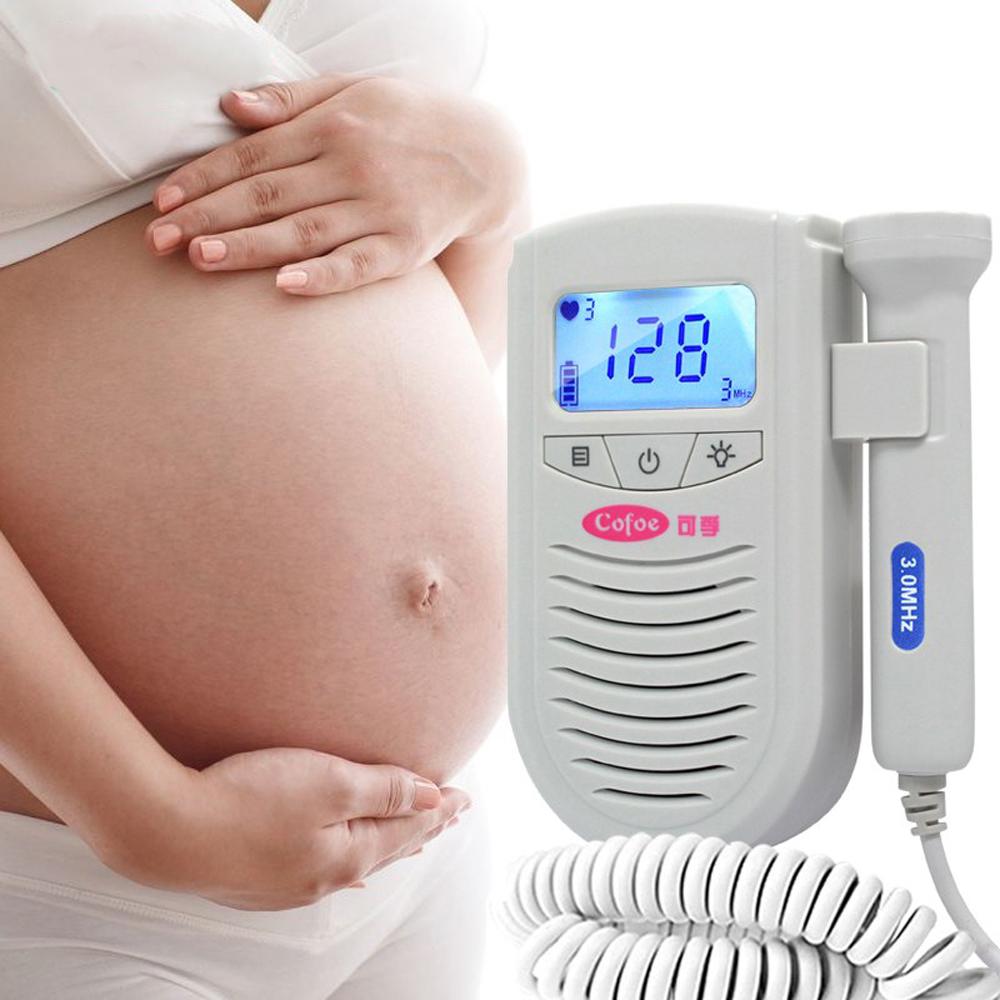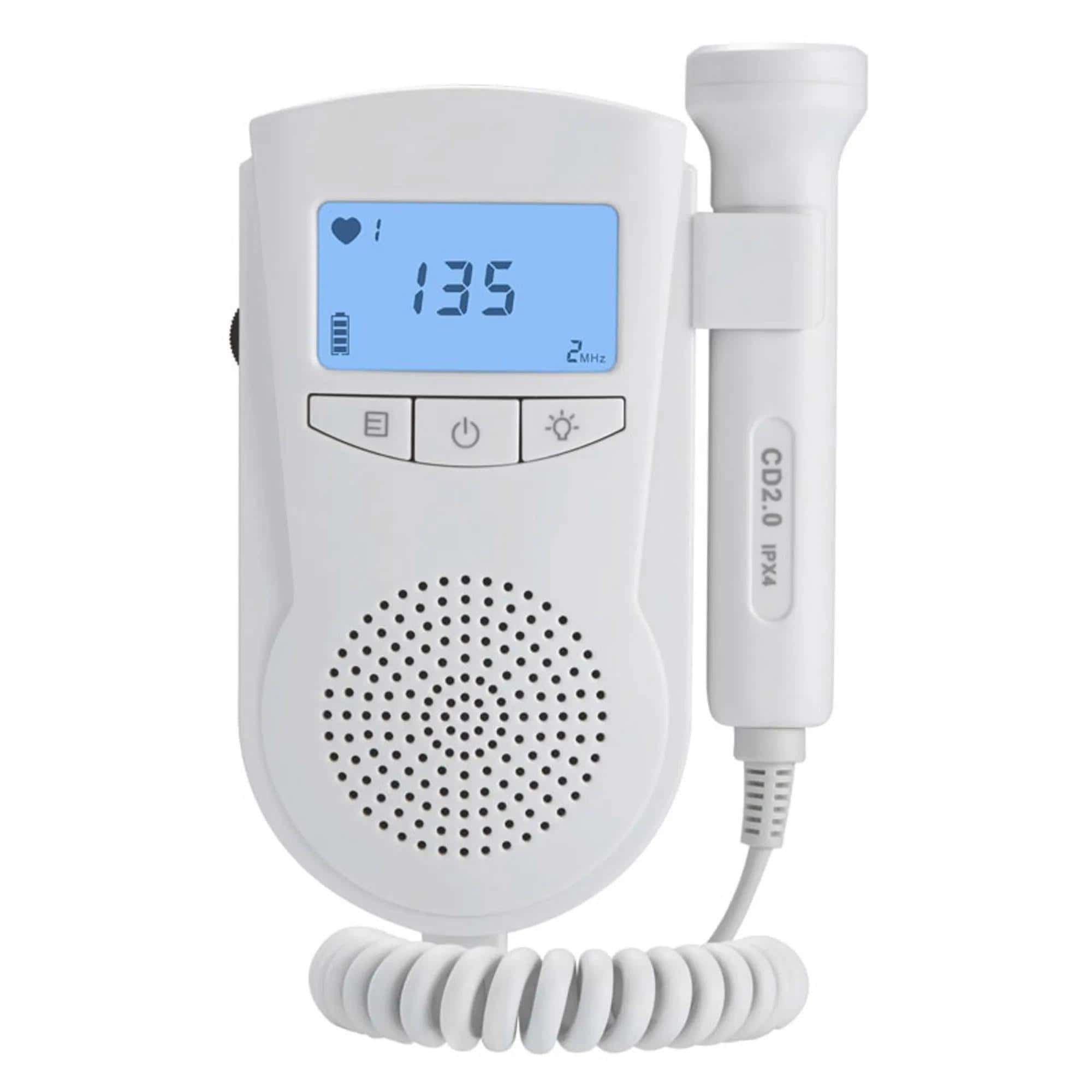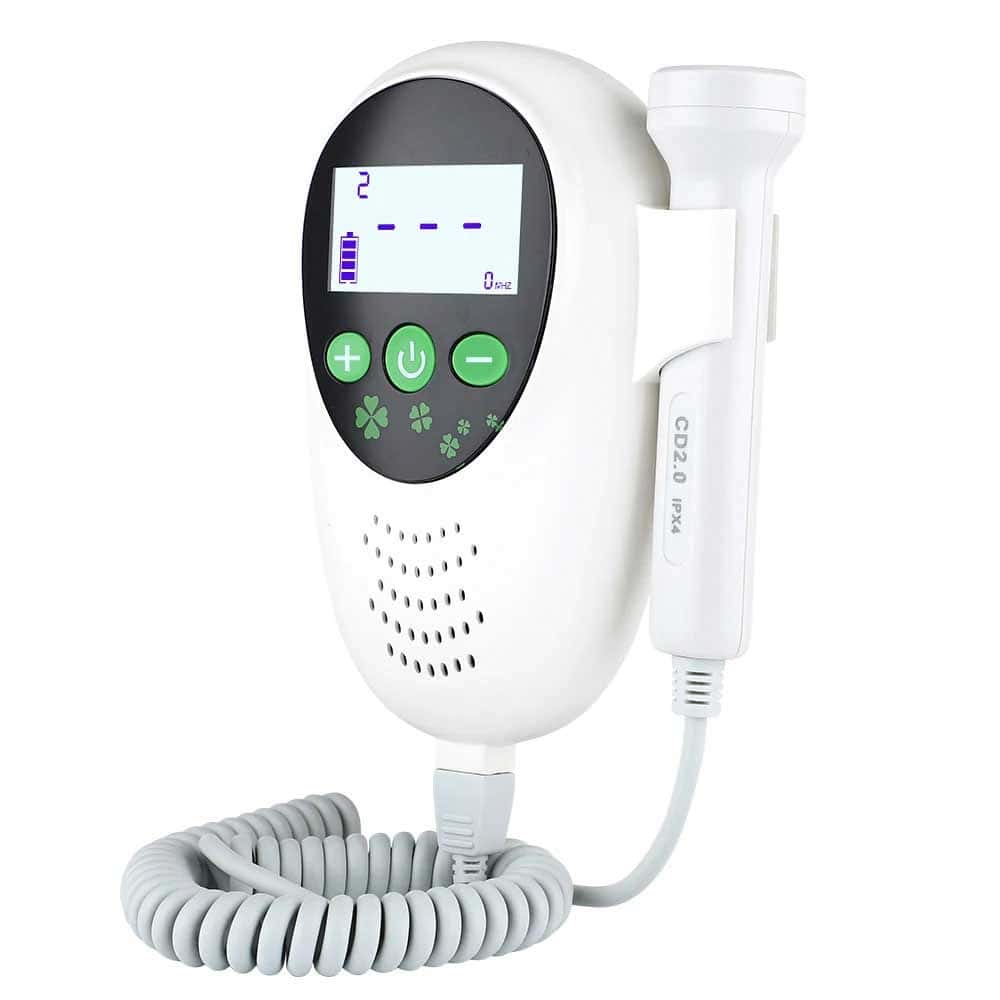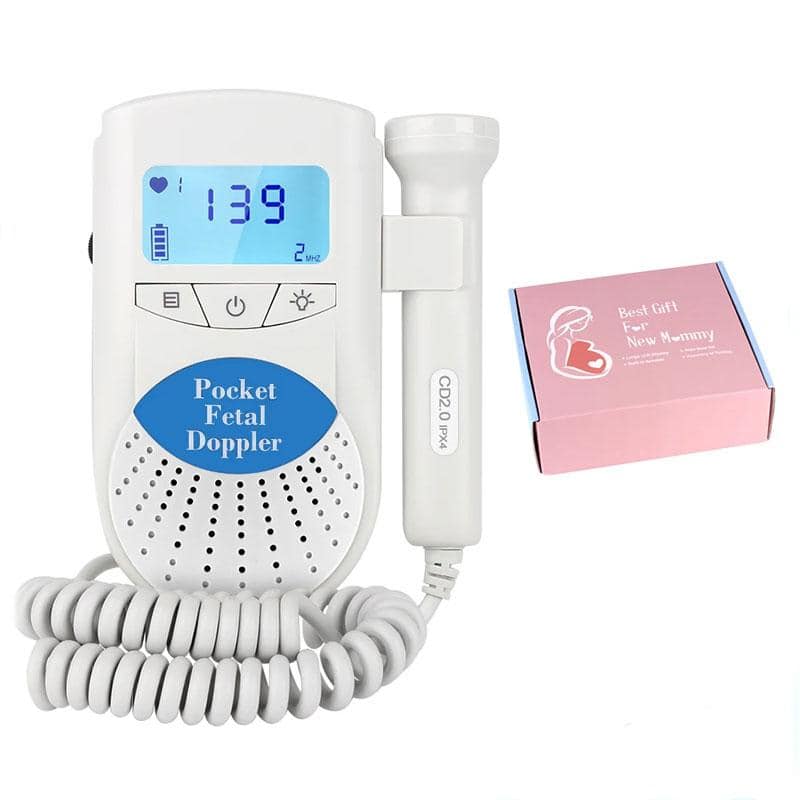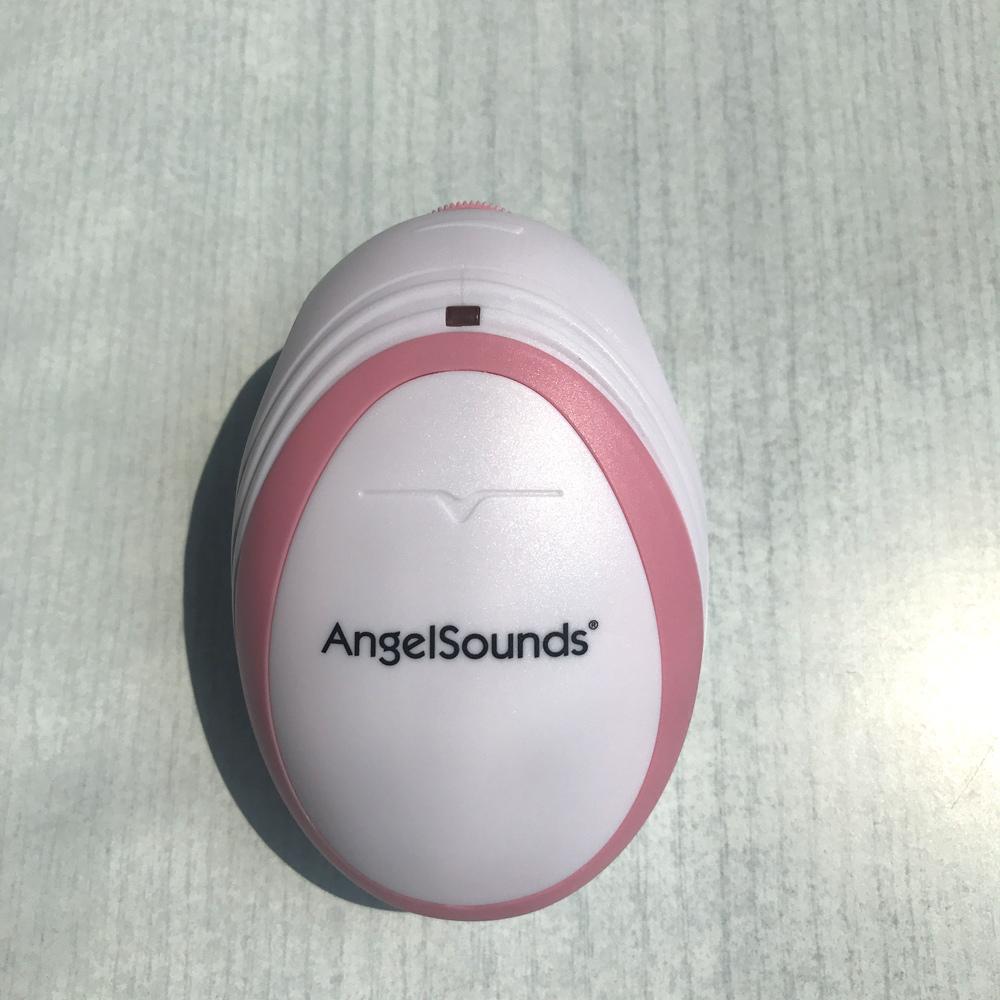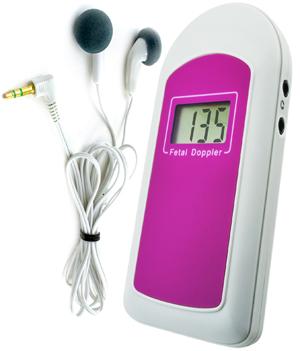Subtotal: $36.04
Portable Fetal Doppler: A Complete Guide for Expecting Parents Leave a comment
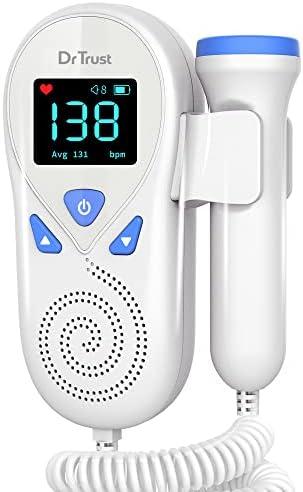
Portable Fetal Doppler
Introduction
Expecting a baby is an exhilarating journey marked by excitement, anxiety, and countless decisions. as parents navigate this unique path, one tool has become increasingly popular: the portable fetal Doppler. This non-invasive device allows expectant mothers to monitor their baby’s heartbeat at home, providing invaluable reassurance during pregnancy. in this article, we will dive deep into the world of portable fetal Dopplers, discussing their benefits, practical tips for use, and real-life experiences from parents who have utilized them.
What is a Portable Fetal Doppler?
A portable fetal Doppler is a handheld ultrasound device that allows parents to listen to their unborn baby’s heartbeat. Using sound waves to detect the movement of blood cells in the fetal heart, this tool delivers a swift and accurate reading. The Doppler is compact, lightweight, and frequently enough battery-operated, making it easy to use at home.
How Does a Fetal Doppler Work?
A fetal Doppler works by emitting ultrasonic waves that bounce off moving objects, such as the fetal heart. The device’s microphone detects these reflected waves and converts them into sound waves that can be heard through speakers. Here’s a simple breakdown of the process:
-
- Sound Waves Emission: The Doppler emits high-frequency sound waves.
-
- Echo Reception: Waves bounce off the fetal heart and return to the device.
-
- Sound Conversion: The Doppler converts the returned waves into audible sounds.
-
- Heartbeat Monitoring: Parents can hear their baby’s heartbeat through the device.
Key Features of Portable Fetal Dopplers
When choosing a portable fetal Doppler, consider the following features that enhance usability and performance:
-
- LCD Display: Shows heart rate readings.
-
- Audio Output: Provides clear sound quality for heartbeat monitoring.
-
- Portability: Lightweight and easy to carry.
-
- Battery Life: Long-lasting batteries for extended use.
-
- User-Friendly Controls: Simple buttons for ease of operation.
Benefits of using a Portable Fetal Doppler
Using a portable fetal Doppler has several advantages, making it a cherished tool for many expecting parents:
1. Peace of Mind
Monitoring the heartbeat can help parents alleviate anxieties associated with pregnancy. Hearing the baby’s heartbeat can assure parents that their child is healthy and thriving.
2.Enhanced Bonding Experience
Listening to the heartbeat can create an emotional connection between parents and their unborn child, enhancing the bonding experience before birth.
3. Early Detection of Issues
While a Doppler should not replace professional medical advice, it can help detect potential problems early on. If a parent notices a meaningful change in the heartbeat, thay can contact their healthcare provider for further assessment.
4. Convenient Home Use
Portable fetal Dopplers are designed for at-home use, allowing parents to monitor their baby’s heartbeat at their convenience without multiple visits to a medical facility.
5. Educational Experience
Using a Doppler offers an educational experience as parents learn about fetal progress and the importance of regular monitoring.
Practical Tips for Using a Portable Fetal Doppler
Correct usage of a portable fetal Doppler can maximize its benefits. Here are some practical tips:
1. Choose the Right Time
The best time to use a Doppler is between 10 and 14 weeks of gestation when the fetal heartbeat can be detected more reliably. Though, some babies might potentially be harder to detect in the early stages, so patience is key.
2. Find the Right Position
Lying down on your back with your abdomen exposed can help. You might also try tilting slightly to one side. This position can definitely help access the best sound quality.
3. Use Gel For Better Sound Transmission
Using a conductive gel can improve sound quality and help the Doppler function more effectively.
4. Read the Instructions
Always follow the manufacturer’s instructions to ensure proper use and maintenance of the device.
Case Studies: Real-Life Experiences with Portable Fetal Dopplers
Case Study 1: Sarah’s Journey
Sarah, an expecting mother, found comfort in her portable fetal Doppler. At 12 weeks pregnant, she was anxious about her baby’s health. Upon hearing the heartbeat for the first time,her worries vanished. “It felt like a weight was lifted off my shoulders,” she said, reflecting on her experience.
case Study 2: John and Emma
John and Emma, first-time parents, decided to invest in a portable fetal Doppler after struggling with anxiety during the pregnancy. Hearing the heartbeat each week became a cherished ritual. “We look forward to it every Friday morning,” said Emma. The doppler not only helped alleviate their worries but also allowed them to share the experience with family and friends.
Understanding Limitations: When to Seek Medical Advice
While portable fetal Dopplers can be reassuring, it’s crucial to understand their limitations. Here are scenarios where medical consultation is necessary:
-
- No heartbeat detected: If parents cannot find the heartbeat, they should seek professional guidance.
-
- Change in fetal movement: Significant deviations in movement or decreased activity should warrant a visit to a healthcare provider.
Conclusion
A portable fetal Doppler is a valuable tool for expecting parents, providing the ability to listen to their baby’s heartbeat from the comfort of home. While they offer reassurance and help strengthen the bond between parents and their child, it is essential to understand the limitations of these devices and remain vigilant about overall prenatal care. By choosing the right device, using it correctly, and staying informed, parents can enhance their pregnancy experience and enjoy the journey leading up to the birth of their new family member.
FAQs about Portable fetal Dopplers
Here are some common questions surrounding portable fetal Dopplers:
| Question | Answer |
|---|---|
| At what week can I start using a portable fetal Doppler? | typically, it’s best to start around 10-14 weeks of pregnancy. |
| Is it safe to use a portable fetal Doppler at home? | Yes, when used properly, it is safe for non-medical monitoring. |
| What should I do if I can’t find the heartbeat? | Remain calm and try again later. If you’re concerned, contact your healthcare provider. |
| Can a Doppler replace regular check-ups? | No, it should complement, not replace, regular prenatal care. |
With the right approach, portable fetal Dopplers can enhance the prenatal experience, providing comfort and connection during this pivotal time in life.







 10 PCS VIBRANT GLAMOUR Hyaluronic Acid Shrink Pore Face Serum Whitening Moisturizing Essence Anti-Aging Deep Hydration Skin Care
10 PCS VIBRANT GLAMOUR Hyaluronic Acid Shrink Pore Face Serum Whitening Moisturizing Essence Anti-Aging Deep Hydration Skin Care 